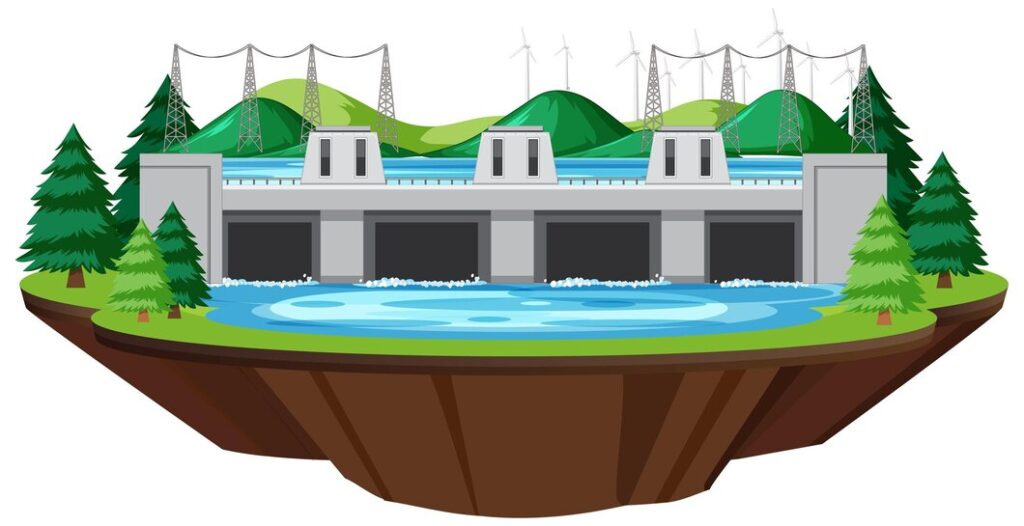In the face of increasing water scarcity and climate change, innovative solutions for water management are essential. One such solution gaining attention is the Static Enclosed Rain Array systems. This article explores the concept, components, benefits, and challenges of SERA systems, and their potential to revolutionize water collection and conservation.
Understanding SERA Systems
Conceptual Framework
SERA systems are a novel approach to rainwater harvesting that utilizes an array of static, enclosed structures to collect and store rainwater efficiently. Unlike traditional rainwater harvesting systems that rely on open tanks or barrels, SERA systems are enclosed, offering several advantages in water quality preservation and management.
Components of SERA Systems
Collection Surface: SERA systems typically consist of a collection surface designed to maximize rainwater capture. This surface can vary in material and configuration, including rooftops, specially designed membranes, or even large-scale canopies.
Enclosed Storage Units: The collected rainwater is directed into enclosed storage units, such as tanks or reservoirs, to prevent contamination and evaporation. These units can be above or below ground, depending on space availability and environmental considerations.
Filtration and Purification Systems: To ensure water quality, static enclosed rain array systems are equipped with filtration and purification mechanisms. This may include mesh filters, sedimentation tanks, UV sterilization, and other advanced treatment technologies.
Benefits of SERA Systems
Water Conservation
SERA systems offer a significant advantage in water conservation by maximizing rainwater capture and minimizing losses due to evaporation and runoff. This contributes to water security, especially in regions prone to drought and water stress.
Improved Water Quality
Enclosed storage and advanced filtration mechanisms in SERA systems help maintain water quality by preventing contamination from pollutants, debris, and microbial pathogens. This makes the collected rainwater suitable for various non-potable uses, such as irrigation, cleaning, and industrial processes.
Sustainable Resource Management
By harnessing rainwater, SERA systems promote sustainable resource management by reducing reliance on groundwater and surface water sources. This helps alleviate pressure on natural water reserves and supports ecosystem health.
Challenges and Considerations
Initial Investment
The upfront cost of implementing SERA systems can be substantial, including expenses for infrastructure, installation, and maintenance. However, long-term savings in water bills and reduced reliance on municipal water supplies can offset these initial investments.
Maintenance Requirements
Regular maintenance is essential to ensure the optimal performance of SERA systems. This includes inspection of collection surfaces, cleaning of filtration components, and monitoring of storage units for leaks or contamination. Adequate training and resources are necessary for proper upkeep.
Site-Specific Considerations
The effectiveness of SERA systems depends on various site-specific factors, such as rainfall patterns, topography, and available space. Careful planning and engineering expertise are required to design systems tailored to local conditions and water needs.
Future Prospects and Innovation
Despite challenges, the potential of SERA systems to address water scarcity and promote sustainability is promising. Ongoing research and innovation aim to enhance system efficiency, reduce costs, and expand applicability to diverse environments.
Conclusion
Static Enclosed Rain Array (SERA) systems represent a paradigm shift in rainwater harvesting, offering efficient water collection, storage, and management. While challenges exist, the benefits of SERA systems in water conservation, quality preservation, and sustainable resource management make them a compelling solution for the future. With continued investment and innovation, SERA systems have the potential to play a significant role in addressing global water challenges and building resilient communities.







